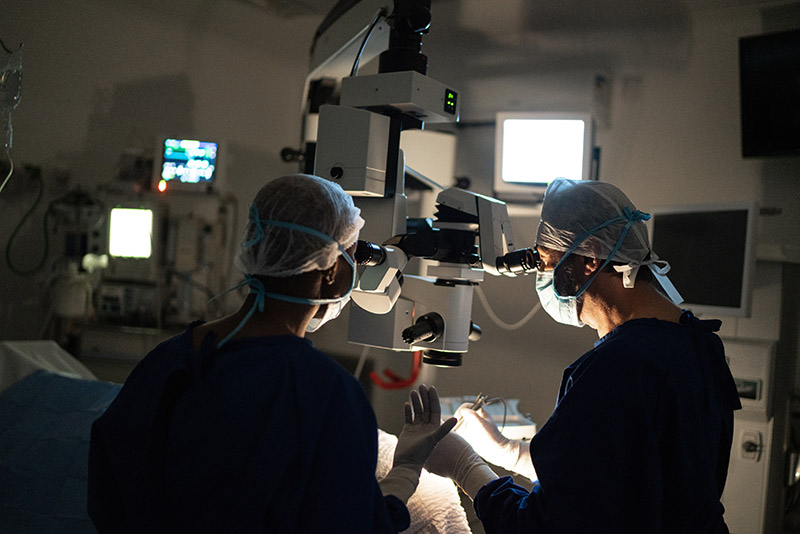
Motion Preservation Surgery

Not everyone who has back or neck pain needs surgery. In fact, nearly 80 percent of Dr. McEntee’s patients can find relief through conservative measures like physical therapy, injections, and other pain management tools.
However, for some patients, surgery is the only way to relieve their pain and improve their function.
Whenever possible, Dr. McEntee will use a minimally invasive approach, called motion preservation surgery.
What is motion preservation surgery?
Motion preservations surgery is typically used in place of spinal fusion. During spinal fusion, two or more vertebrae are permanently fused together. Although there are certain conditions that warrant spinal fusion, once your vertebrae are fused, they no longer have the ability to move like they used to. This, in turn, puts added stress on the vertebrae above and below the fusion. The result is that patients with a spinal fusion typically find they have less range of motion as well as an accelerated degeneration of the adjacent vertebrae.
Motion preservation surgery, however, uses newer surgical techniques to treat many of the same disorders as conventional spinal fusion surgery but allows the patient to retain range of motion.
Conditions
Dr. McEntee uses motion preservation surgery to treat:
- Degenerative disc disease
- Herniated discs
- Neck pain
- Low back pain
- Spinal stenosis
- Sciatica





